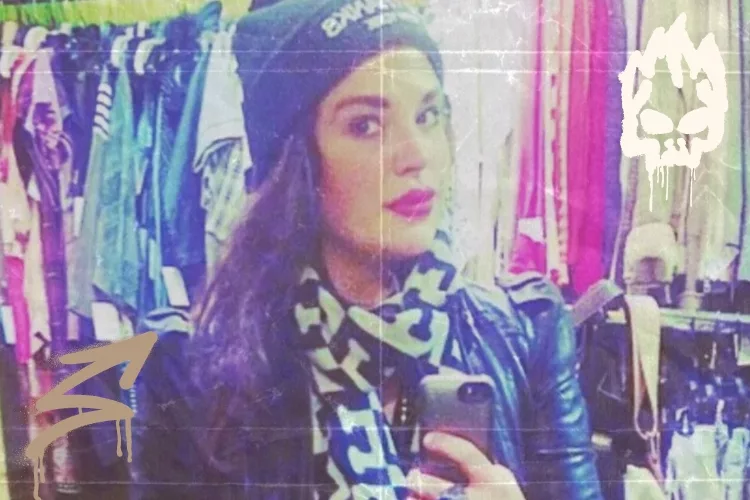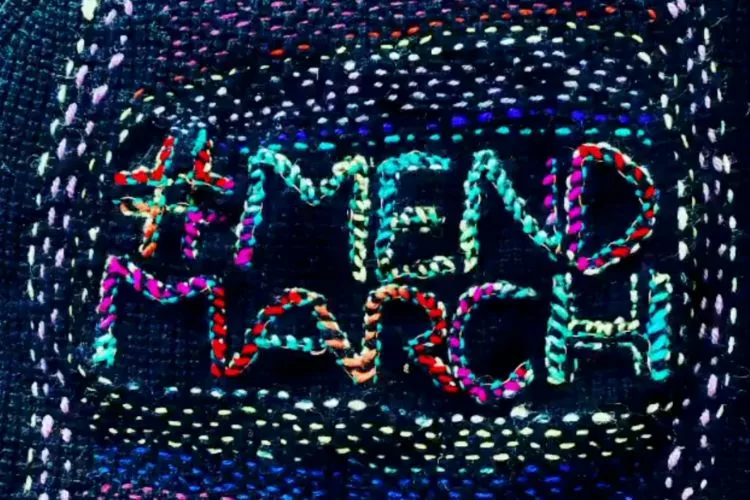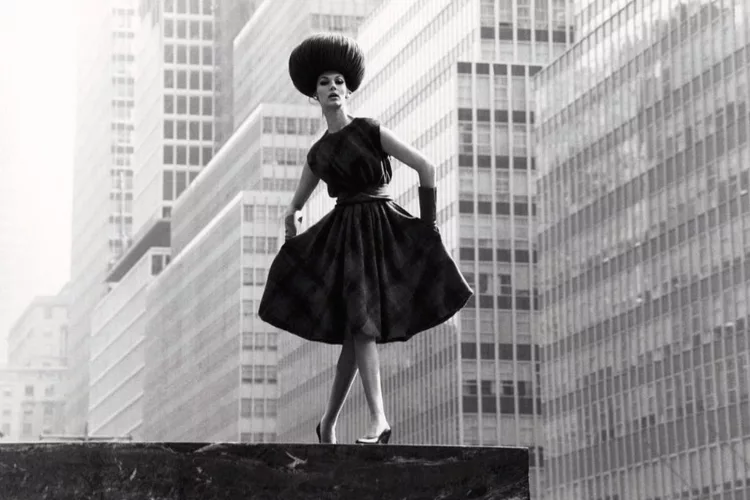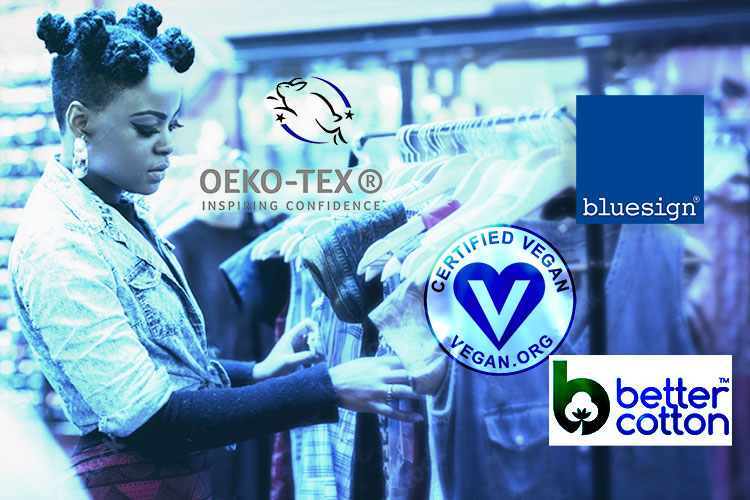Hey! Welcome or welcome back. You’ve found the right place to start if you’re ready to take your sustainability impact to the next level. Articles, documentaries, hour-long panels, and reams of fashion reports pop up in every corner of the web telling consumers what to personally do to “fix” (and I say that cautiously) fashion’s problem.
But aren’t we doing our part already? Like aren’t our capsule wardrobes, upcycling, and supporting more responsible brands actually making any difference? The short answer is, eeeh…sort of. Honestly, what most of us do seem like mere drops in fashion’s green revolution. Today though, we chat about how and why to start making waves to move that revolution forward.
From Your closet to The community
Based on hundreds of sustainable fashion tips, you’ve probably been transforming your closet into something you’re proud of. Très bien! But fashion reform still needs to happen from outside the closet in a more social way; that’s the next step.
For some of us socializing can be scary. What’s scarier though, is a massive pile of textile waste burning with us standing in the middle of it. (I mean we’d be huddled into a plant-based, fire retardant jumbo sweater from the hottest small designer, but still.) I’m kidding. Seriously, we can feel like our actions mean nothing in a world that has many bads, but that’s something we can change if we advocate with other like minds.
Social change happens in many forms
So while individual action is important, what’s more is changing policies, structures, laws, and ultimately our cultural premises to create a more sustainable fashion space and world. We can think about reformation as existing on David Osborn’s continuum of social change. We often start in social movements and move across the continuum depending on how much we want to or can engage. I added a spot at the beginning of the continuum to show those of us who take individual action but don’t necessarily profess it to the world. Operating in only that space, however, isn’t enough to make big paradigm shifts in the fashion sector.
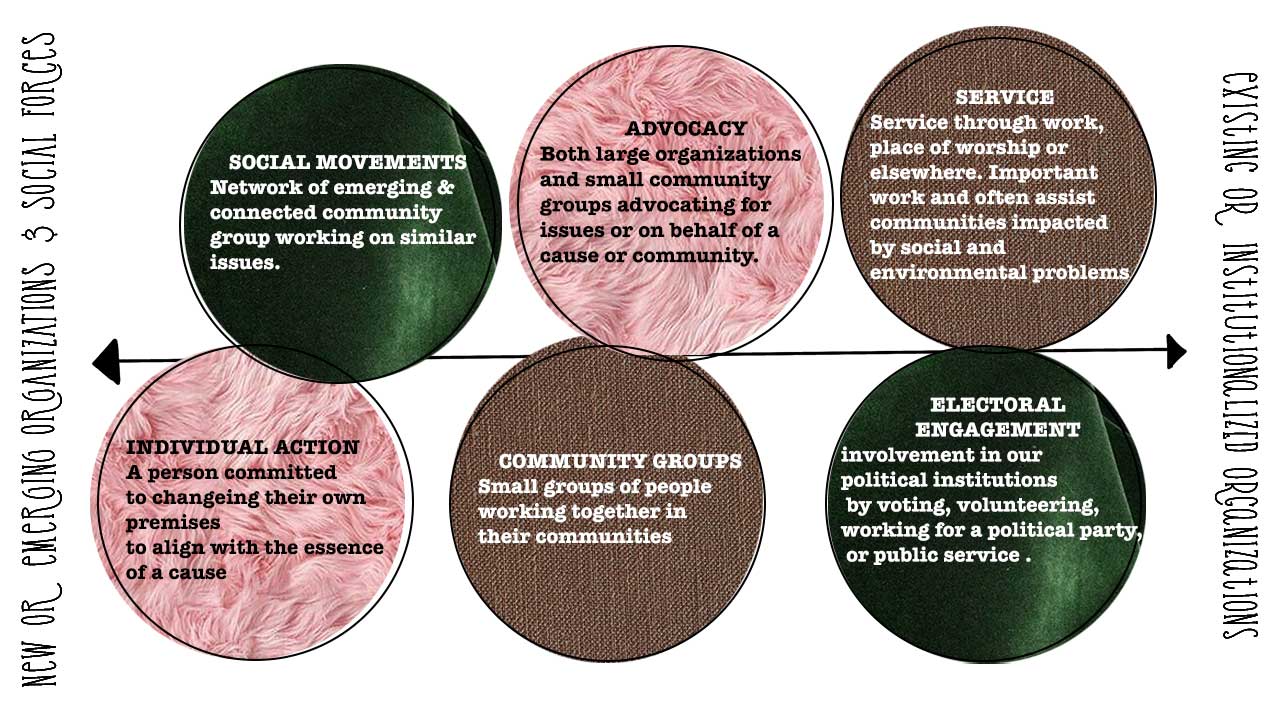
change happens under pressure
Do you remember the #Whomademyclothes movement? By the way, here’s an interview we did with Orsola de Castro, who started it. Castro says the movement was “looking at the impact of the supply chain on workers”. People became revolutionaries through attending events, using social media, and calling out brands. It totally worked. #Imadeyourclothes posters have been used by textile makers showing improved working conditions thanks to Fashion Revolution.
Changes in the #Whomademycltothes movement would have been slow coming if consumers stayed in their closet, acting alone. It took people like us who strive for personal change to collectively allocate time and energy to create a social movement.
Become revolutionary
How can we build courage to participate outside our placard?—that’s closet in French. We can be beginners all over again. Of course, still read up on tips to be more sustainable in your own personal life, but think more globally since most of those tips are probably second nature for you by now. Channeling that same consistency externally will be a bit more challenging than internally. The things to do here are about connecting with other like-minded people and contributing beyond the closet.
Check out our article on Sustainable Fashion Organizations to see where and how you can get involved.
Sharing on social media
Fashion reports are great places to find sharable content. It’s informative and gives you things to share with your community. You can share tidbits of info from the reports of your favorite fashion brand if it exists. For example, in French class I podcasted about Chloé’s Environmental Impact Report. You could do something like that on YouTube, TikTok or Instagram.
Interact and Challenge Brands
Asking brands #Whomademyclothes is a simple way to practice advocacy. You might get a response, you might not. What’s important is that you move from examining a label’s tag or website for yourself to giving them something to think about that effects everyone their products touch. Asking curious questions other than that is amazing too. Don’t hesitate to ask the questions to your friends about the brands they shop at too just to get the conversation started. Hopefully you’ve been inspired to look into comfortable, external ways to create a more sustainable fashion environment. We’ve seen why that’s important with the continuum of social change that you can move along when you want to do more impactful work. Just remember that, yes, individual actions matter, but it might be time to take that next step to collective action if you feel powerless. You can do it by starting small again!
–Destiny Washington
Related Articles
Remake’s Fashion Accountability Report
5 Books to increase your sustainable fashion knowledge
Remake Brand Report: Did your fave pass or fail?


